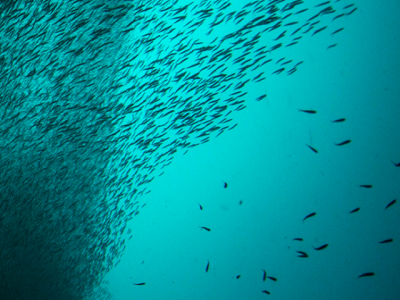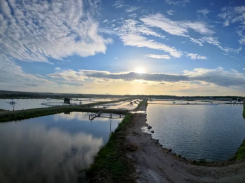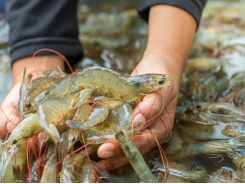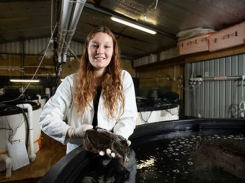Nutritional tool creators question the value of using fishmeal for animal feeds

The use of fishmeal for aquafeeds has been questioned by the authors of a new database that contains nutritional data relating to over 500 fish species from around the world.
The new FishNutrients tool, which was made freely available last week in a bid to tackle malnutrition, .has made information about fish micronutrients accessible through FishBase and FAO’s International Network of Food Data Systems. It was launched by a team of researchers from organisations including the Ocean Frontier Institute, FishBase, WorldFish, the Lancaster Environment Centre, the University of British Columbia’s Institute for the Oceans and Fisheries and the Minderoo Foundation.
Previous research shows that despite fish being an essential component in the diet of more than four billion people around the world and the main source of some micronutrients for over a billion people in low-income countries, many of these countries export their highly nutritious fish and import lower-quality fish and fish products, thus creating a net loss of essential nutrients. In fact, up to 70 per cent of fish caught in the fishing zones along the coasts of African nations, such as Namibia and Mauritania, are often exported or monopolised by foreign nations.
This is in part due to a traditional view of fish perceived primarily as a source of protein, with less consideration given to the micronutrient composition of different fish species – a perception rooted in a lack of available nutritional knowledge. For example, very small species can often be very nutritious – but because they do not provide much protein, they are exported and processed into products such as fishmeal for uses including aquafeeds.
“Making available scientific data that back the argument of the importance of fisheries in addressing global food security challenges has major policy and societal implications,” said Daniel Pauly, co-founder of FishBase, from the University of British Columbia, in a press release.
“FishBase is the ideal host for this type of information as it is already a data provider for national systems for the management of fisheries and aquaculture, and the monitoring of biodiversity,” he added.
The initiative is based on a marine finfish nutrient composition database that was used to build a predictive model, which was then applied to an analysis focused on how to harness fisheries to tackle micronutrient deficiencies around the world. This analysis was published in Nature in 2019 by Christina Hicks and her colleagues at the Lancaster Environment Centre and other institutions.
“The main point of making empirical and modelled values of nutrient composition readily available to researchers through FishBase is to have a clear understanding of the nutrient potential and opportunities from global fisheries catches,” said Deng Palomares, the Sea Around Us manager and one of the people behind the new initiative.
“This understanding, in turn, should help guide more effective fisheries governance that takes into account the role that fish can play in addressing micronutrient deficiencies – or what we call ‘hidden hunger.’”
Related news
Tools

Phối trộn thức ăn chăn nuôi

Pha dung dịch thủy canh

Định mức cho tôm ăn

Phối trộn phân bón NPK

Xác định tỷ lệ tôm sống

Chuyển đổi đơn vị phân bón

Xác định công suất sục khí

Chuyển đổi đơn vị tôm

Tính diện tích nhà kính

Tính thể tích ao




 Why Brazil is emerging as a global tilapia…
Why Brazil is emerging as a global tilapia…  New Zealand scientists launch novel flounder farming breeding…
New Zealand scientists launch novel flounder farming breeding…